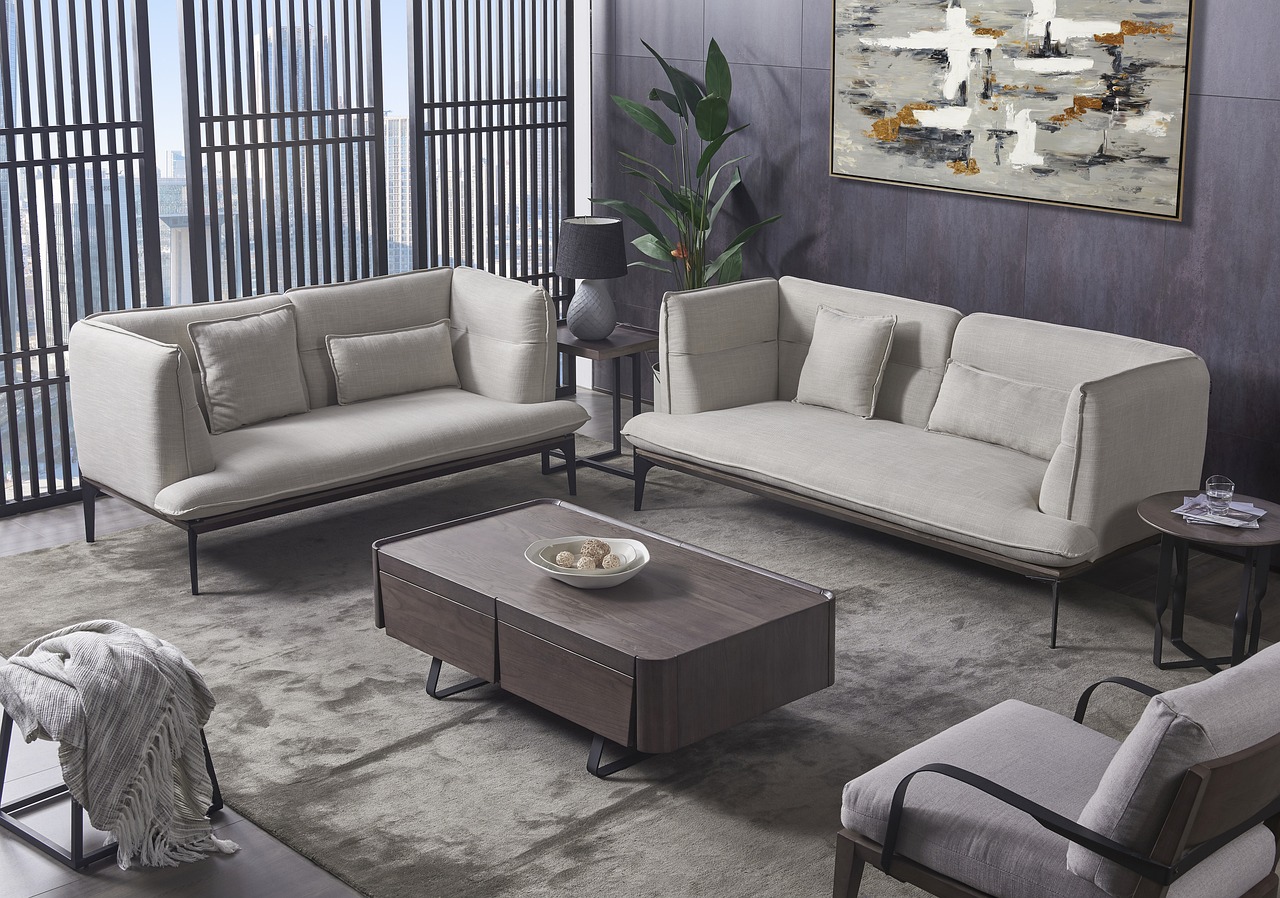Introduction
In an age where consumerism is at its peak, minimalist living emerges as a breath of fresh air. It’s not just a design aesthetic; it’s a lifestyle choice that emphasizes simplicity and mindfulness about possessions and activities. But did you know that adopting a minimalist lifestyle can also lead to significant financial savings? In this blog, we’ll explore how minimalist living can help you save money and lead a more fulfilling life.
The Essence of Minimalist Living
Minimalist living is all about reducing clutter and focusing on what’s truly important. It involves decluttering your space, simplifying your daily routines, and prioritizing quality over quantity. The core idea is to own fewer possessions, freeing up space, time, and resources to focus on what brings true happiness and value to your life.
Financial Benefits of Minimalism
1. Reduced Spending on Non-Essentials
One of the most immediate financial benefits of minimalism is reduced spending. By focusing on necessities rather than wants, you’re less likely to spend money on impulse purchases. This mindfulness in spending can lead to significant savings over time.
2. Savings on Housing and Maintenance
Living minimally often means choosing smaller, more manageable living spaces. Smaller homes typically have lower rent or mortgage payments, reduced utility costs, and less maintenance. This downsizing can translate into substantial financial savings.
3. Less Expensive Lifestyle
Minimalism advocates for a lifestyle that isn’t centered around material possessions. This means spending less on things like trendy clothes, the latest gadgets, and expensive decor. Instead, the focus shifts to experiences and relationships, which are often less costly and more rewarding.
4. Reducing Debts and Financial Stress
With minimalism, you’re less likely to fall into the trap of ‘buy now, pay later’. This approach helps in reducing debts, such as credit card debts, and the financial stress associated with them.
How to Start Living Minimally
1. Declutter Your Space
Begin by decluttering your home. Go through your belongings and ask yourself if each item is necessary, brings you joy, or has been used recently. This process not only clears your space but also your mind.
2. Prioritize Quality Over Quantity
Invest in high-quality items that last longer, rather than cheaper, disposable ones. This might seem more expensive upfront but saves money in the long run.
3. Simplify Your Wardrobe
Create a capsule wardrobe with items that are versatile and you love wearing. This approach reduces the need to constantly buy new clothes and keeps your wardrobe manageable.
4. Mindful Spending
Be more mindful of where your money goes. Avoid impulse buys, and take time to consider each purchase and its actual value in your life.
5. Embrace DIY and Homemade
Where possible, do it yourself. From home repairs to cooking at home, embracing a DIY approach can save money and be a rewarding experience.
Conclusion
Minimalist living is not about depriving yourself; it’s about making room for more meaningful experiences and relationships. It’s a journey towards a less cluttered, less stressful, and more intentional life. And as a bonus, it can help you save money and achieve financial peace. Start small, embrace the changes, and watch how minimalism transforms your life and finances.
